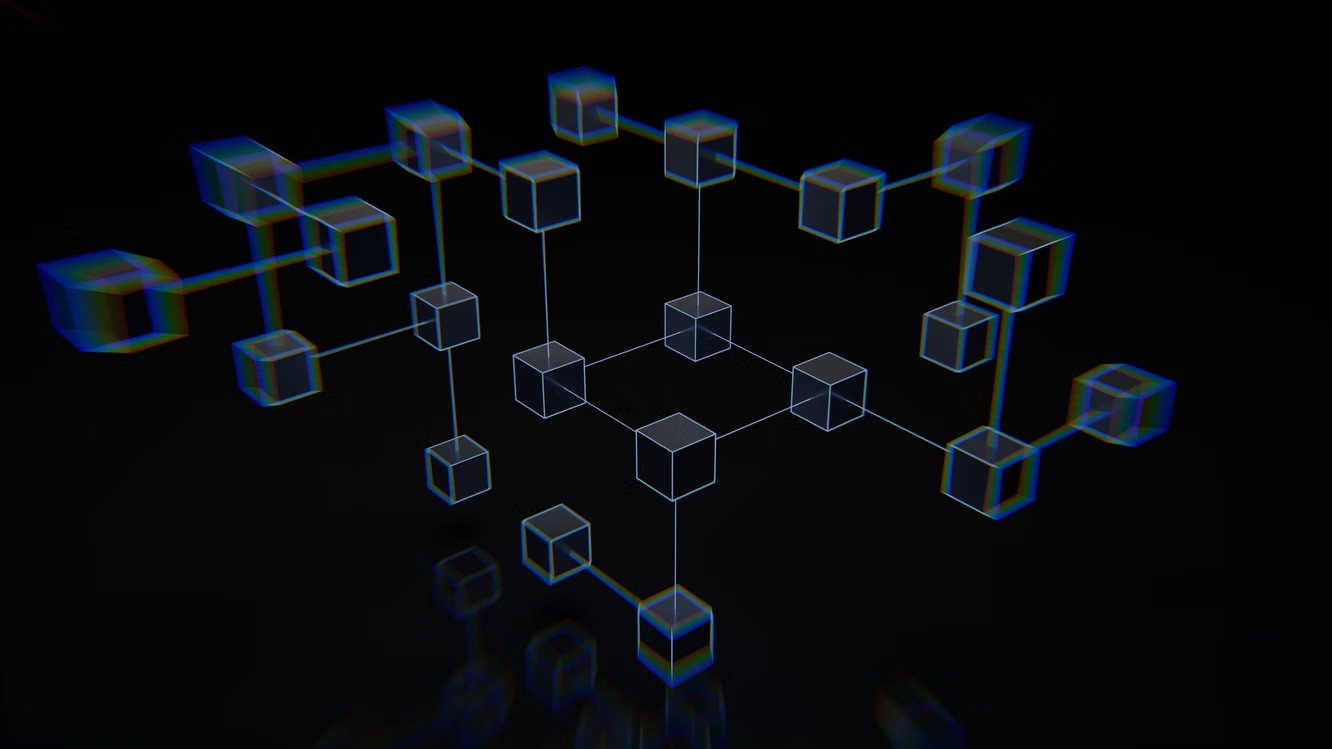Crypto and Blockchain: What are L1 vs L2 Scaling Solutions?
The crypto industry, similar to several other industries has its own set of shortcomings. However, most of these issues come with solutions as well. For instance, scalability has been a common issue for several blockchains. The difficulty in accommodating the increasing number of transactions and data on a blockchain has been put forth by an array of networks. This is where Layer-1 [L1] and Layer-2 [L2] solutions come in.
So what is Layer-1 [LI]?
Layer-1 usually refers to a blockchain or the base level of the blockchain. Bitcoin [BTC], Ethereum [ETH], and Litecoin [LTC] are all examples of a layer-1 blockchain. The solutions associated with it are usually implemented in the original blockchain itself. This would include changing the mechanisms or rules in order to spruce up the transaction capacity. Accommodation of more users, as well as data, follows suit in L1 scaling solutions.
Prominent L1 scaling solutions include changing up the consensus protocol. Crypto assets like Bitcoin and Ethereum currently employ the Proof-of-Work [PoW] consensus mechanism. While this is touted as one of the most secure algorithms, it can sometimes slow down. In addition to this, it is widely disregarded for its energy consumption. As a result, networks shift to Proof-of-Stake [PoS] consensus mechanism.
Ethereum for instance is inching closer to transitioning into PoS. The process eliminates the need for miners and brings in validators into the blockchain to validate new blocks of transactions.
The other solution is sharding. This term is quite popular among the Ethereum community. The crypto network has been tackling a lot of scalability issues. Ethereum 2.0 has been working on the same with Tezos, Qtum as well as Zilliqa.
Despite its relatively experimental status within the blockchain industry, sharding is a method borrowed from distributed databases that have grown to be one of the most well-liked Layer-1 scaling options. In order to make monitoring the whole network more feasible, sharding involves dividing the state of the entire blockchain network into separate databases known as “shards.” Following this, shards are processed by the network in order to pave the way for multiple other transactions.
Layer-2 [L2] Scaling Solutions
Layer-2 solutions unlike L1 operate on an already existing blockchain. Here, the L2 is involved to lessen the burden on a single blockchain by involving a similar architecture. The original blockchain basically, relies on secondary networks that work in parallel to the main chain. Bitcoin’s Lightning Network is a prominent example of an L2.
Layer-2 scalability solutions range from state channels, sidechains, and nested blockchains.
Sidechains are separate networks that are adjacent to transactional chains with their own validators. This indicates that the main chain’s bridge smart contract does not independently confirm the legitimacy of the sidechain network. As a result, since the sidechain has the ability to manage assets on the main chain, you must have faith that it is running well. It should also be noted that the main chain remains unfazed despite any security breaches on the sidechain.
Nested blockchains are quite different as they work from within the main chain as opposed to on top of it. The nested blockchain architecture generally consists of a core blockchain that establishes the rules for a larger network, with executions taking place on an interconnected web of subordinate chains. The main chain can serve as the foundation for several blockchain tiers, each leveraging a parent-child link. The parent chain assigns tasks to the child chains, that complete them and then passes them back to the parent. Unless it becomes essential to resolve a disagreement, the underlying base blockchain does not participate in the network operations of subsidiary chains.
The next one is state channels. It should be noted that this creates a two-way communication backdrop for the transacting entities. This usually involves blockchain and off-chain transactional channels. The crypto network’s transaction speed, as well as capacity, receives a bump in this case.
A state channel is not subject to Layer-1 network node validation. Conversely, it is a resource that is close to the network that is locked down using a multi-signature or smart contract method. A state channel’s ultimate “state” and any associated transitions are posted to the underlying blockchain after a transaction or batch of transactions is concluded.
Bitcoin Lightning Network is a primary example of a state channel.
Over the last couple of years, the crypto industry has witnessed impeccable growth. The increased amount investors diving into the industry has forced networks to employ L1 and L2 solutions in order to accommodate them. The chances of more solutions hitting the markets were high as the masses continue exploring the crypto-verse.
https://watcher.guru/news/crypto-and-blockchain-what-are-l1-vs-l2-scaling-solutions





























